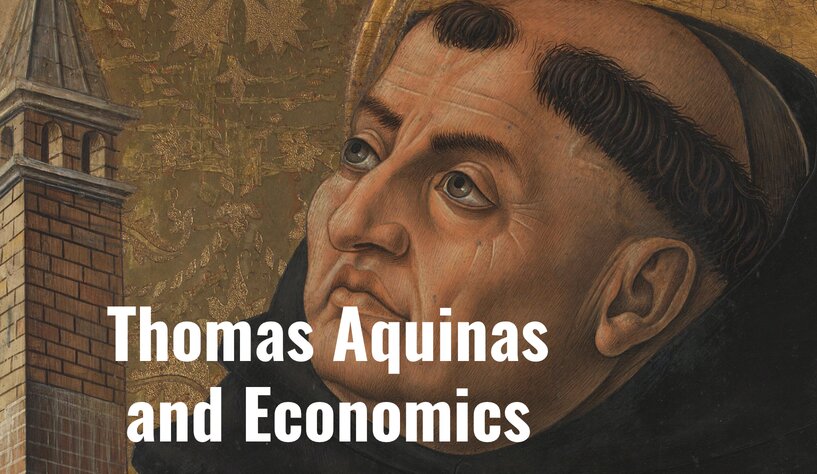Disir
Platinum Member
- Sep 30, 2011
- 28,003
- 9,615
- 910
Views on just prices and marketplace behavior from a thirteenth-century saint.
In our modern economy of the twenty-first century, the assumption that bargaining between buyers and sellers and the market forces of supply and demand always result in a fair and appropriate price between consumers and producers often goes unquestioned. Through competition among producers for consumer spending, and through consumers bidding up or bidding down prices, the market should determine the correct prices for different items. Additionally, if there are many competitors (perfect competition) and buyers in a market, the prices of the traded goods should equal their marginal and average costs according to standard economic theory.
However, when there is only one producer or seller or a less than competitive number of producers in a marketplace (i.e., monopoly or monopolistically competitive/oligopoly situations, respectively), then the price of a good can and will usually be greater than any type of cost measurement due to producers having an advantage over consumers. The monopolist or the handful of firms which constitute monopolistic competition or an oligopoly usually restrict the number of items they produce, which in turn raises the price of the good above its average and marginal costs.
Mainstream economic theory mostly celebrates the situation of perfect competition and the benefits it confers to consumers but mostly does not like the market outcomes yielded by lesser or no competition, although it is acknowledged that most modern-day US markets are either monopolistically competitive or oligopolistic. Competitive situations are considered fair and optimal for consumers (i.e., the consumers’ gain or pleasure is maximized) whereas the less competitive situations provide less fair and optimal outcomes for buyers.

This is a bit of a lengthy article but it's good.
In our modern economy of the twenty-first century, the assumption that bargaining between buyers and sellers and the market forces of supply and demand always result in a fair and appropriate price between consumers and producers often goes unquestioned. Through competition among producers for consumer spending, and through consumers bidding up or bidding down prices, the market should determine the correct prices for different items. Additionally, if there are many competitors (perfect competition) and buyers in a market, the prices of the traded goods should equal their marginal and average costs according to standard economic theory.
However, when there is only one producer or seller or a less than competitive number of producers in a marketplace (i.e., monopoly or monopolistically competitive/oligopoly situations, respectively), then the price of a good can and will usually be greater than any type of cost measurement due to producers having an advantage over consumers. The monopolist or the handful of firms which constitute monopolistic competition or an oligopoly usually restrict the number of items they produce, which in turn raises the price of the good above its average and marginal costs.
Mainstream economic theory mostly celebrates the situation of perfect competition and the benefits it confers to consumers but mostly does not like the market outcomes yielded by lesser or no competition, although it is acknowledged that most modern-day US markets are either monopolistically competitive or oligopolistic. Competitive situations are considered fair and optimal for consumers (i.e., the consumers’ gain or pleasure is maximized) whereas the less competitive situations provide less fair and optimal outcomes for buyers.

How Thomas Aquinas Influenced Economic Theory and Practice - Medievalists.net
Views on just prices and marketplace behavior from a thirteenth-century saint.
www.medievalists.net
This is a bit of a lengthy article but it's good.